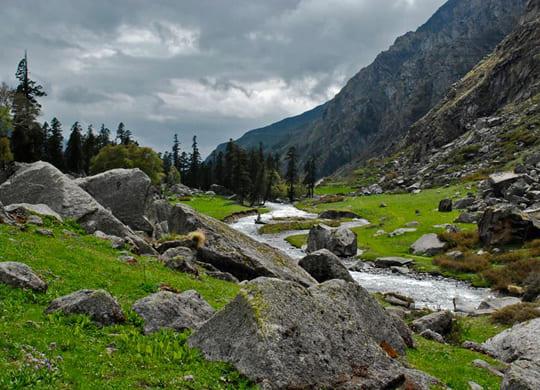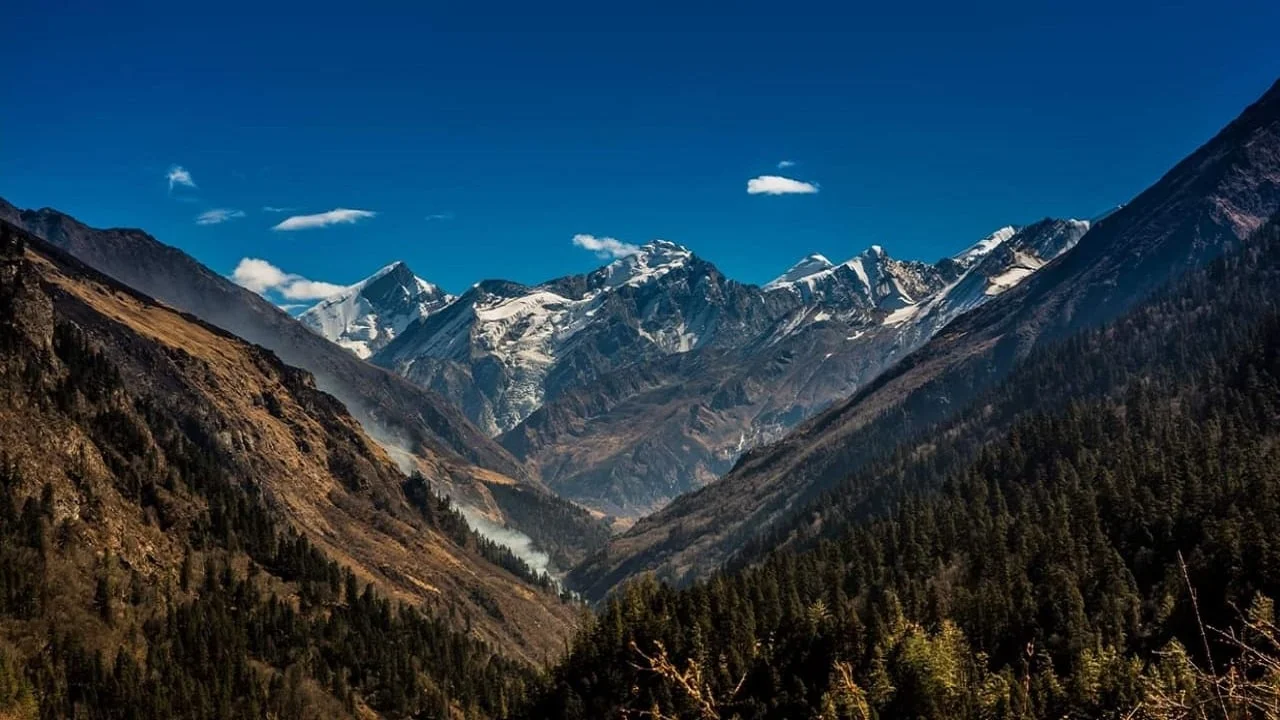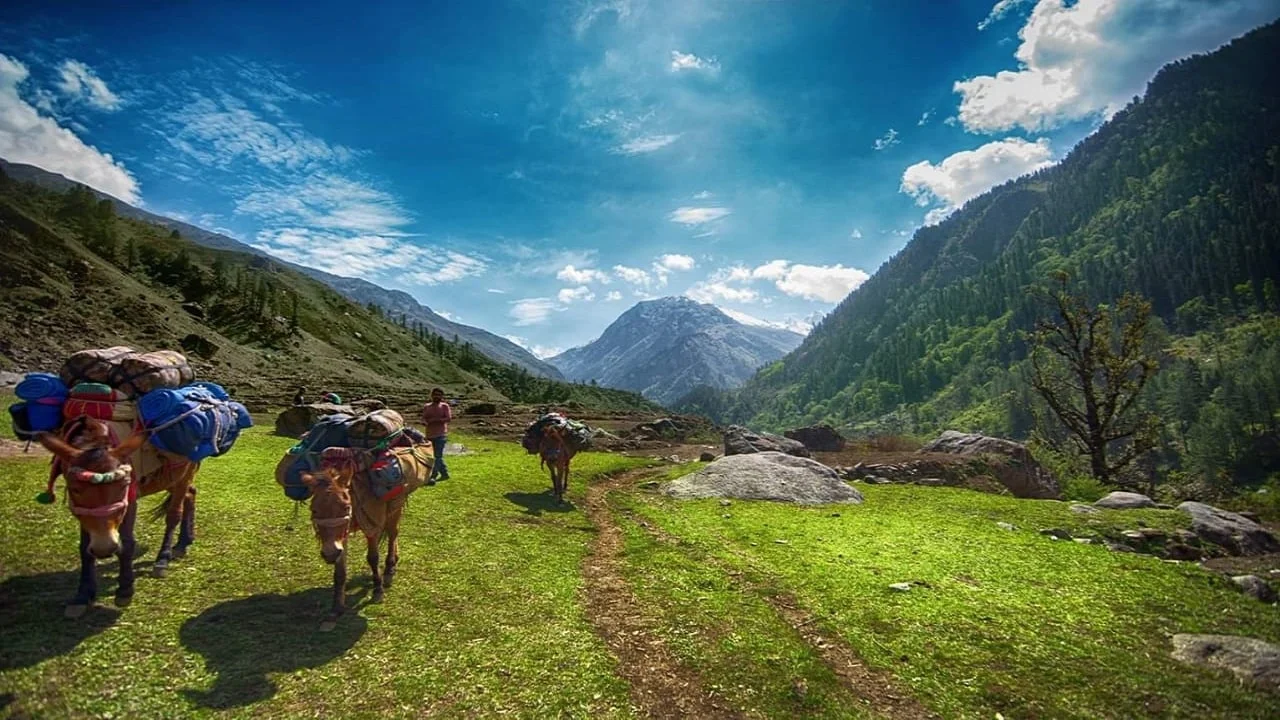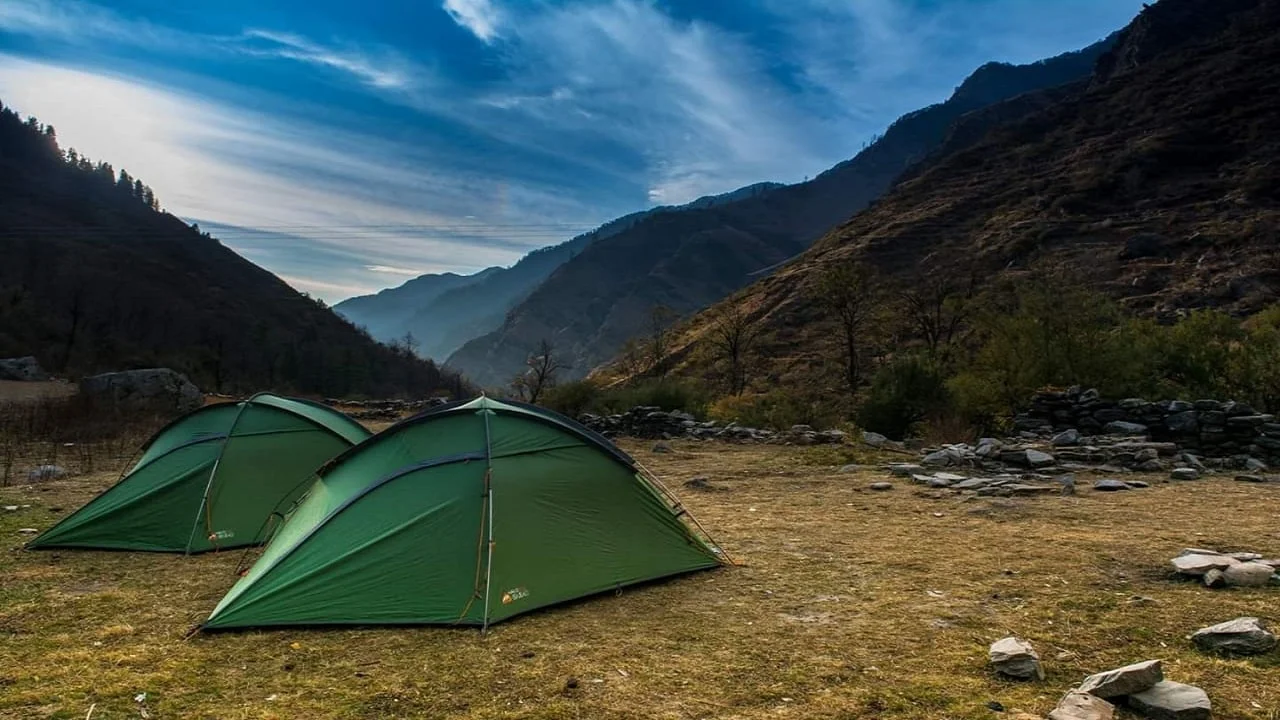Notifications

Nestled in the Garhwal Himalayas, Har Ki Dun is a trek that promises an awe-inspiring journey into the heart of nature. Referred to as the "Valley of Gods," Har Ki Dun offers a perfect blend of rich mythology, stunning landscapes, and challenging yet rewarding trekking paths. If you’ve ever dreamed of walking through pristine valleys, surrounded by snow-capped peaks, and immersing yourself in the culture of ancient villages, Har Ki Dun should be at the top of your trekking bucket list.

We will explore why Har Ki Dun is a must-do trek, touching upon its captivating beauty, diverse flora and fauna, cultural richness, and the experience it offers trekkers. We will delve into the reasons why this trek is a Himalayan dream trek, perfect for those who seek adventure, peace, and the opportunity to connect with nature.
The name "Har Ki Dun" translates to "The Land of God" (Hari meaning God and Dun meaning house). This valley is steeped in legend, with its roots tied to Hindu mythology. It is believed that the Pandavas, the five brothers from the Mahabharata, embarked on their journey to heaven via the Swargarohini Peak, which lies just across from Har Ki Dun. According to the tale, only Yudhishthira, the eldest Pandava, successfully reached heaven while following the Sato Panth or "Path of Truth," which runs through this region.

For trekkers, the spiritual aura of the valley adds a mystical layer to the breathtaking landscapes they encounter. The combination of mythology and natural beauty creates a truly unique trekking experience, one that makes Har Ki Dun more than just a destination—it becomes a journey through time and myth.
The trek to Har Ki Dun rewards you with panoramic views of some of the most magnificent peaks in the Garhwal Himalayas. The Swargarohini peaks, Black Peak, Bandarpoonch, and Jaundhar Glacier offer a constant backdrop, each of these towering mountains creating a landscape that seems to have been painted by the gods themselves. The trek leads you through alpine meadows, dense forests, and across sparkling rivers, with every corner offering a new perspective on the grandeur of the Himalayas.
The trek to the summit of Har Ki Dun offers one of the most scenic vantage points in the region. On a clear day, the view of the snow-covered Swargarohini and other surrounding peaks is nothing short of mesmerizing. The pristine beauty of the landscape, with its diverse terrains—from lush green valleys to snow-covered ridges—makes it a dream for trekkers and photographers alike.
One of the defining features of Har Ki Dun is its rich biodiversity. The valley is teeming with life, from alpine flowers in full bloom during the summer to the lush greenery that covers the forest floor. You can spot a wide range of flora, including oak, walnut, pine, and rhododendron trees, as well as a variety of wildflowers that add a splash of color to the landscape.
The fauna of the region is equally impressive. The valley is home to various species of animals, including the Himalayan Monal, which is the state bird of Uttarakhand. Other wildlife you may encounter includes leopards, brown bears, Himalayan tahrs, and a variety of birds. For wildlife enthusiasts, the trek offers the rare opportunity to witness these creatures in their natural habitat, making the trek even more memorable.
Beyond the natural beauty, Har Ki Dun is also a cultural treasure trove. The villages along the trek offer a fascinating glimpse into the traditional lifestyle of the people of Uttarakhand. The wooden houses, temples, and ancient customs provide trekkers with the chance to experience a way of life that has remained largely unchanged for centuries.
One of the highlights of the trek is the temple dedicated to Lord Someshwar, where pilgrims from all over India come to pay their respects. The culture of the local villages is steeped in tradition, and visitors will find themselves welcomed by the warm hospitality of the villagers. The local people wear traditional attire and headgear, and their way of life revolves around the temples, where rituals and prayers form the core of their daily activities. The serenity and harmony that characterize the villages make this trek not just a physical journey but a spiritual one as well.

One of the reasons why Har Ki Dun is an excellent trekking destination is that it caters to trekkers of all levels. The trek is classified as moderate in difficulty, making it accessible to both beginners and experienced trekkers. However, it is essential to be well-prepared physically and mentally for the journey. Regular fitness routines leading up to the trek will ensure that you are physically ready to handle the varying gradients and the altitude.
For those new to trekking, the route offers manageable challenges, and the gradual ascents and descents ensure that you are not overwhelmed by the difficulty. The trek covers a distance of 67 km, and the journey begins from the village of Sankri in Uttarakhand, progressing through the serene landscapes of Pauni Garaat, Kalkattiyadhaar, and ultimately to the summit of Har Ki Dun.
For those seeking something a little different, Har Ki Dun also offers hidden routes that are far less traveled. The new route to Har Ki Dun through Boslow and Devsu Thatch allows trekkers to experience the untouched beauty of the region. Boslow, with its dense coniferous and oak forests, presents an enchanting scene as snow patches glide through the forest floor, creating an otherworldly atmosphere.
Devsu Thatch, a large meadow high above the Thamsa River, is one of the most beautiful and least explored areas of the Har Ki Dun trek. Its vast, open spaces surrounded by dense forests create a surreal experience, and spending a day camping here allows trekkers to fully absorb the beauty of the landscape. For those seeking peace and solitude, this lesser-known route provides a perfect escape.
The best time to embark on the Har Ki Dun trek is during the pre-monsoon (March to June) and post-monsoon (September to December) seasons. During these months, the weather is pleasant, with moderate temperatures, and the views of the mountains are crystal clear. The spring and summer seasons bring blooming flowers and lush greenery, while winter transforms the landscape into a winter wonderland, with snow-covered peaks and valleys.
Though you can trek during the winter as well, it is important to note that the region experiences regular snowfall, which adds to the challenge and beauty of the trek. The landscapes during winter are mesmerizing, with the forests blanketed in snow and the surrounding peaks casting their reflections on the frozen rivers and lakes.
If you are seeking a trekking experience that combines adventure, spirituality, natural beauty, and cultural richness, Har Ki Dun should be your next destination. The trek is a complete package, offering something for everyone—from breathtaking views of snow-capped peaks to encounters with wildlife and glimpses into the unique culture of Uttarakhand.
Whether you are a seasoned trekker looking to explore a new route, or a beginner eager to experience the magic of the Himalayas, Har Ki Dun offers the perfect adventure. Its mix of ancient mythology, pristine nature, and remote village life makes it one of the most enchanting trekking destinations in the world.
Har Ki Dun, or the "Valley of Gods," is a Himalayan dream trek that should be on every trekker's radar. With its stunning landscapes, rich biodiversity, spiritual connection, and cultural treasures, it offers a complete and unforgettable trekking experience. Whether you are looking to challenge yourself with moderate ascents, immerse yourself in the natural beauty, or learn about the local culture, this trek promises to leave you with memories that will last a lifetime. Make Har Ki Dun your next trekking destination, and discover why it is truly one of the best trekking routes in the Himalayas.

